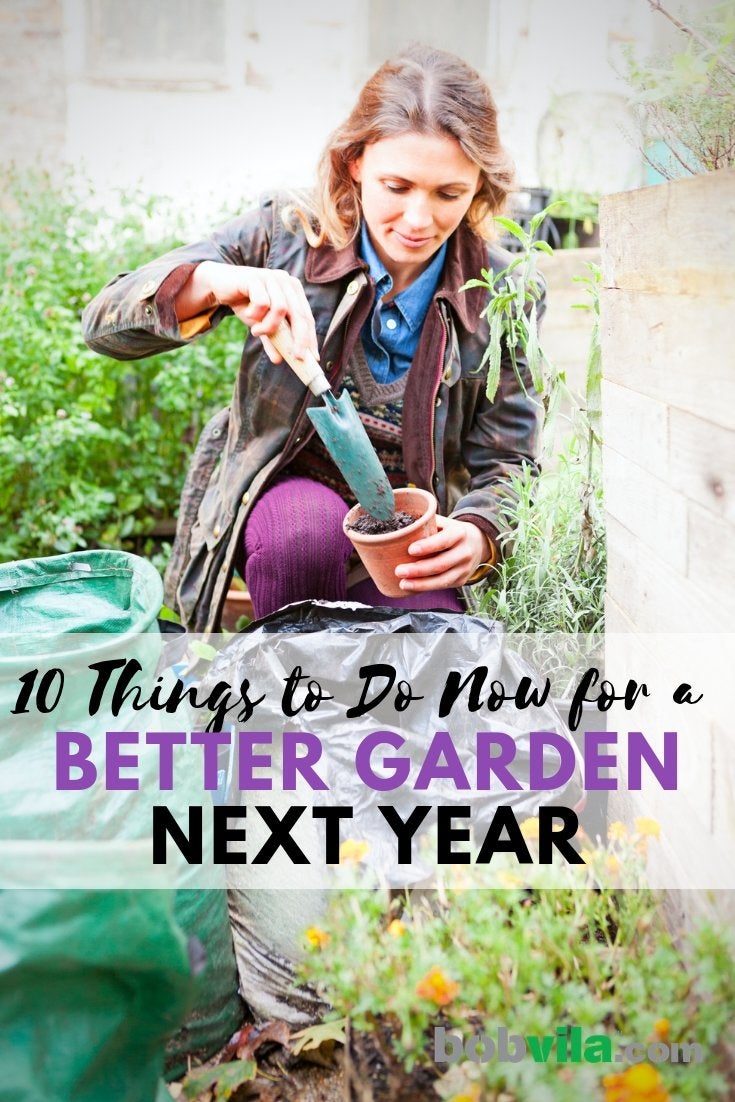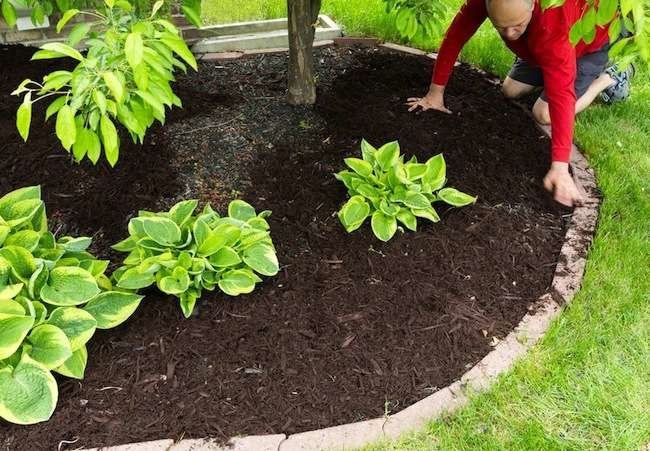

We may earn revenue from the products available on this page and participate in affiliate programs. Learn More ›
Clean Up the Veggie Garden
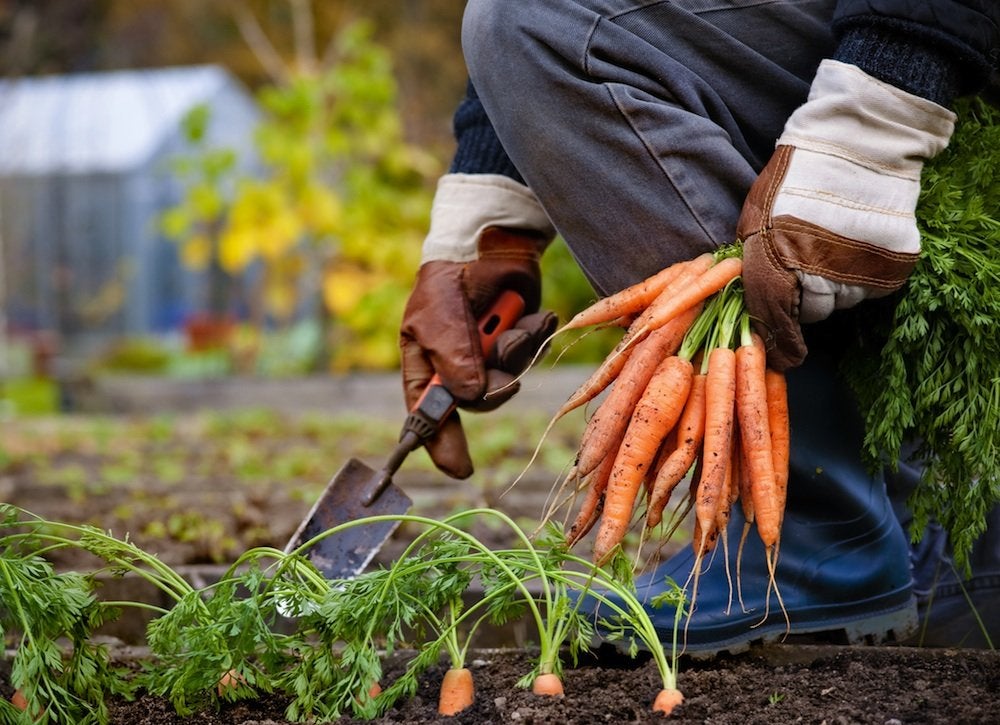
Once the growing season is done, it’s time to pull everything out. Decaying plants will harbor pests and diseases that you don’t want next year. Avoid composting tomatoes and peppers to make sure unwanted slugs, bugs, and other maladies don’t end up in your soil via fresh compost.
Amend the Soil
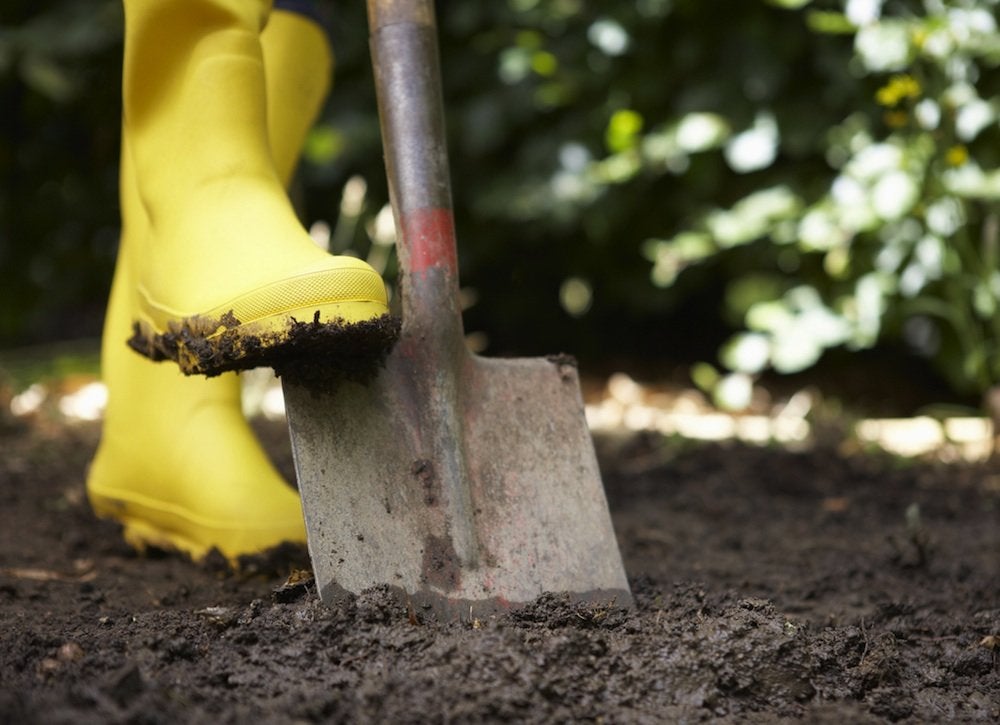
Take the time to do a soil test (pick up a kit for cheap at any big box hardware store) to see if you need adjust the pH before planting next year. Add some compost now so it has time to break down and integrate into the soil over the winter. Taking the time now to restore nutrients that were depleted during the growing season will ensure that your plants get a good start in the spring.
Divide & Transplant
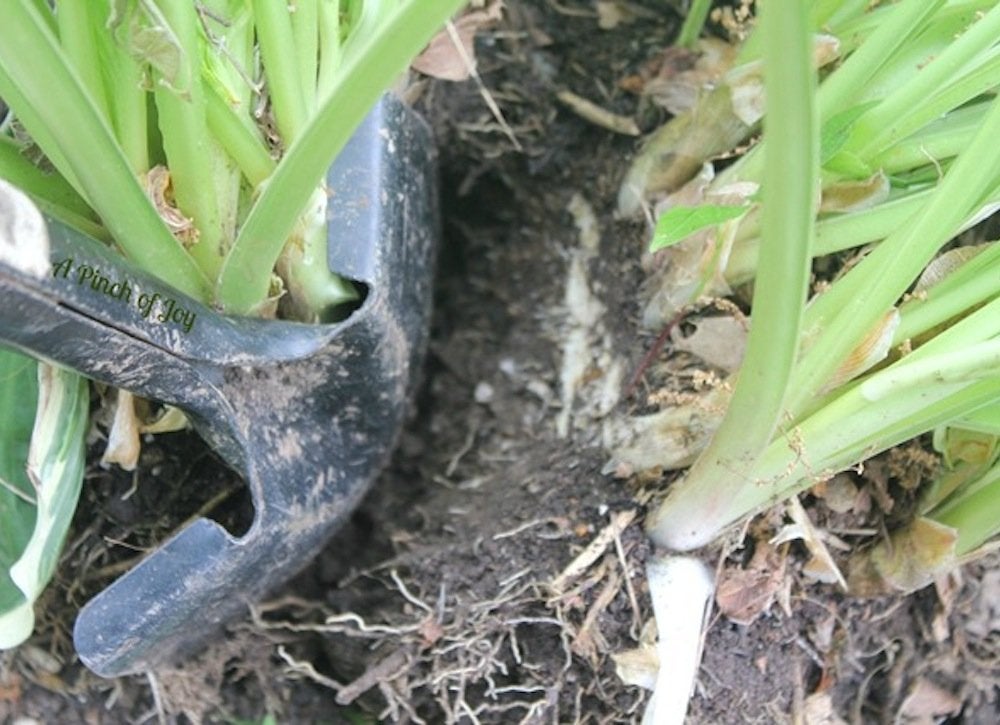
Take advantage of cool, wet fall weather to divide and transplant perennials. Depending on your climate, you can divide perennials through late October, giving them ample time to establish their roots before the first frost. Remember, the fewer roots you cut off while dividing the plant, the more resilient and strong it will be come spring.
Seed the Lawn
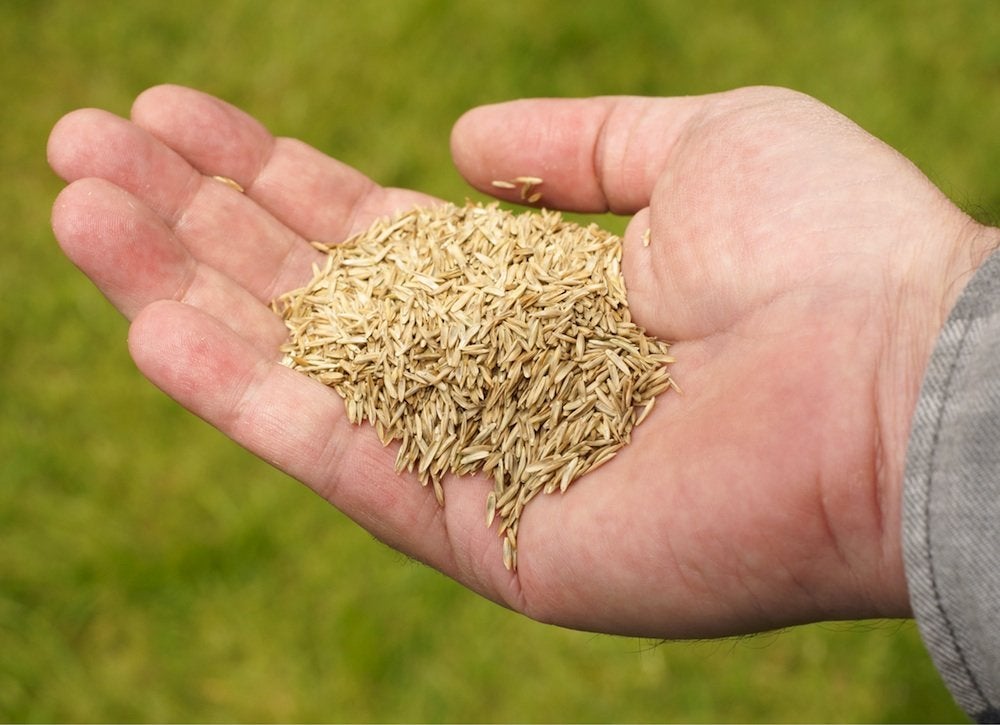
Check the lawn for any damaged and sparse areas that have appeared over summer. Patch gaps with fresh grass seed, to allow a new lawn to get established before winter dormancy.
Plant Spring Bulbs
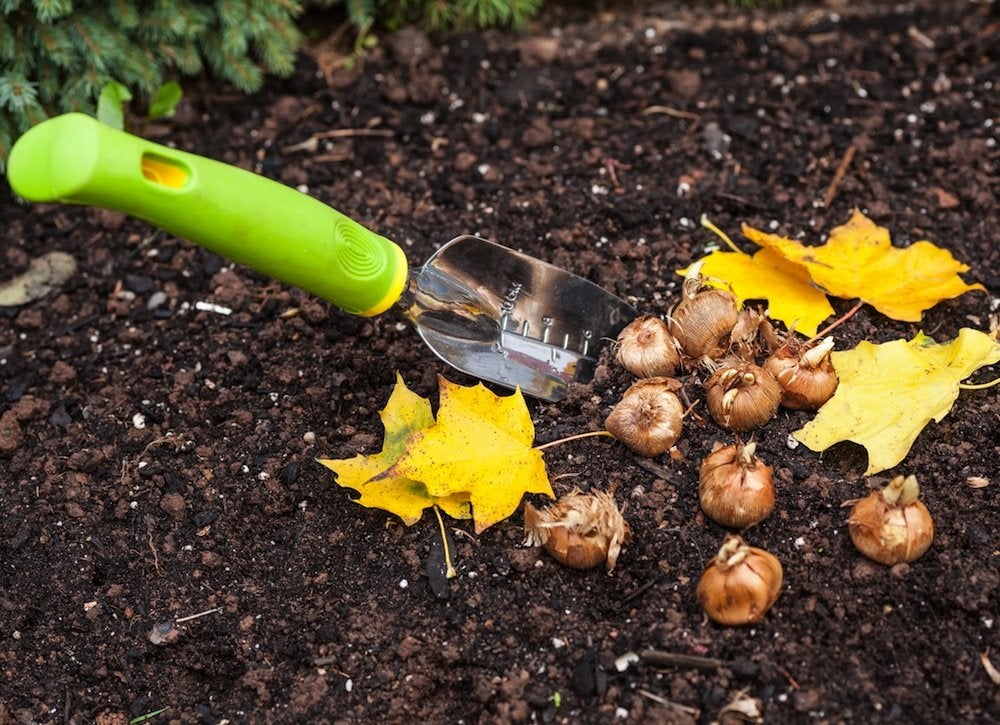
After a long and dreary winter, it’s such a treat to look out on your yard and see the first colors of spring poking up. Plant bulbs like daffodils, tulips, and hyacinths in the fall before the ground freezes, and you will be rewarded in April with flowers you can cut and bring inside.
Weed Thoroughly
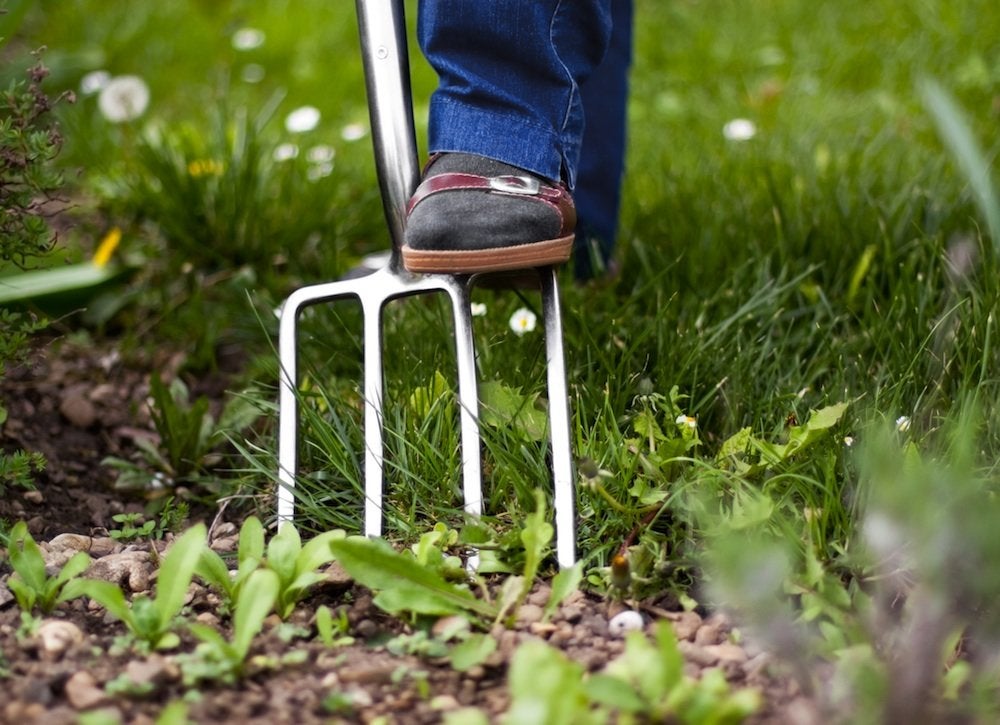
Pull every weed you can see now. Anything overlooked will go to seed, leaving you with hundreds of pesky weeds to deal with next year. Weeds can also provide safe harbor for insects and plant diseases over the winter, so completely clean out the landscaping beds before hanging up your garden tools.
Plant a Tree
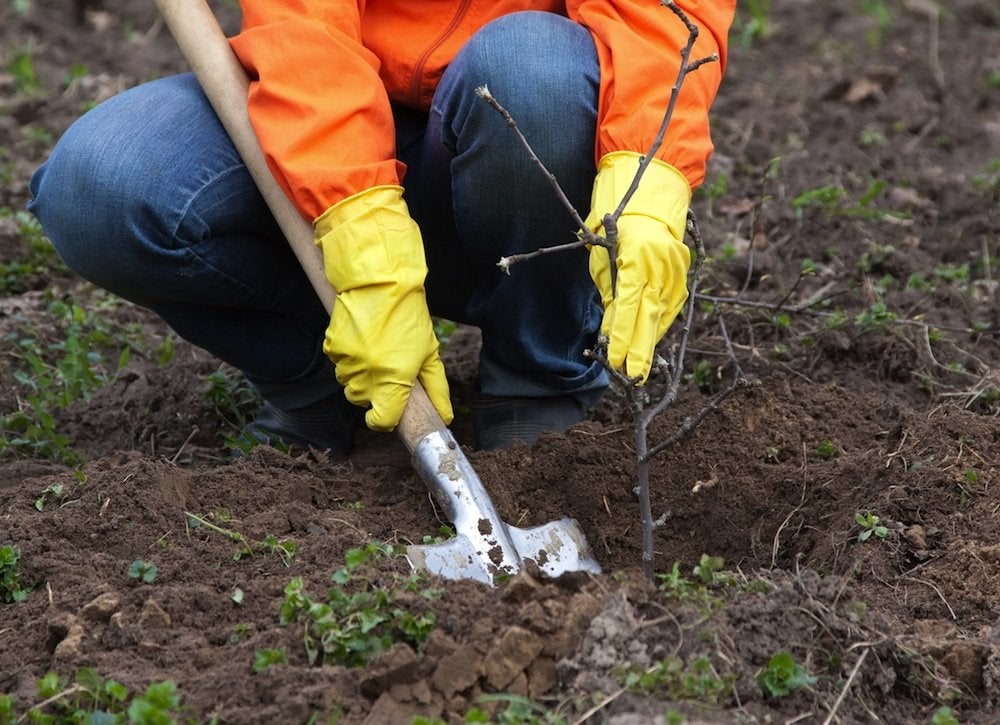
Fall is an excellent chance to plant new trees. They have time to get their roots established before going dormant, giving them a head start in spring. Dig holes twice the depth and width of the root ball, then mulch around them for extra protection from the cold. Water deeply for the following week or so to encourage the root system to become established.
Protect Tender Plants
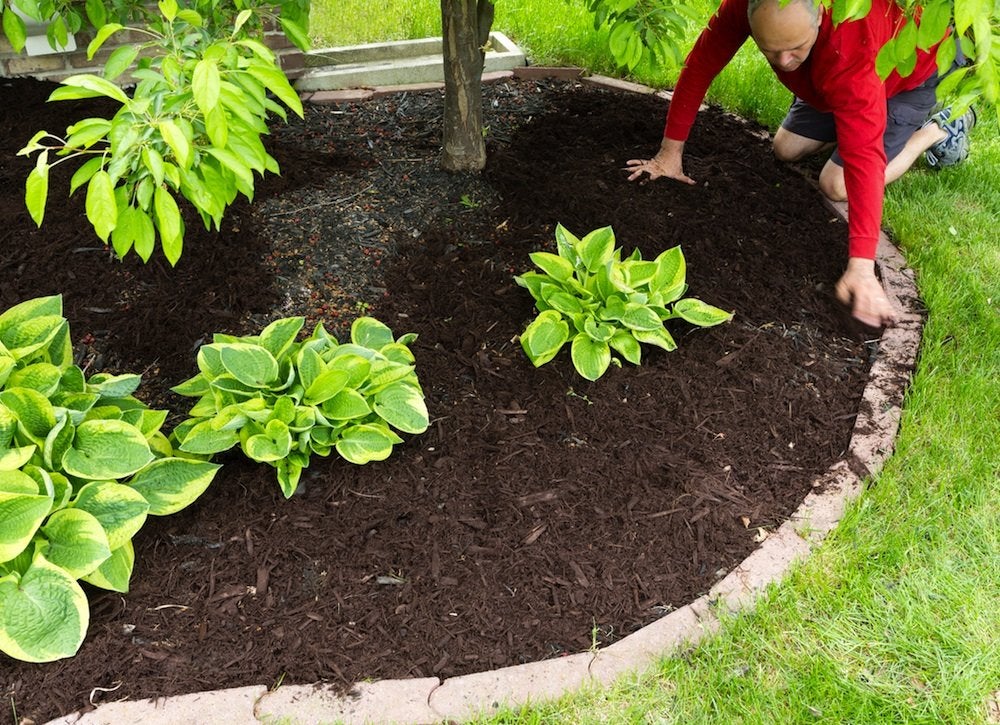
Give fall- and winter-hardy plants some extra protection. Deeply water them before the ground freezes, then add a thick layer of mulch around the roots to provide insulation. Wrap tender perennials with burlap or plastic to create a mini-greenhouse of warmer air that will help protect them from low temperatures, wind, and snow.
Start Cuttings
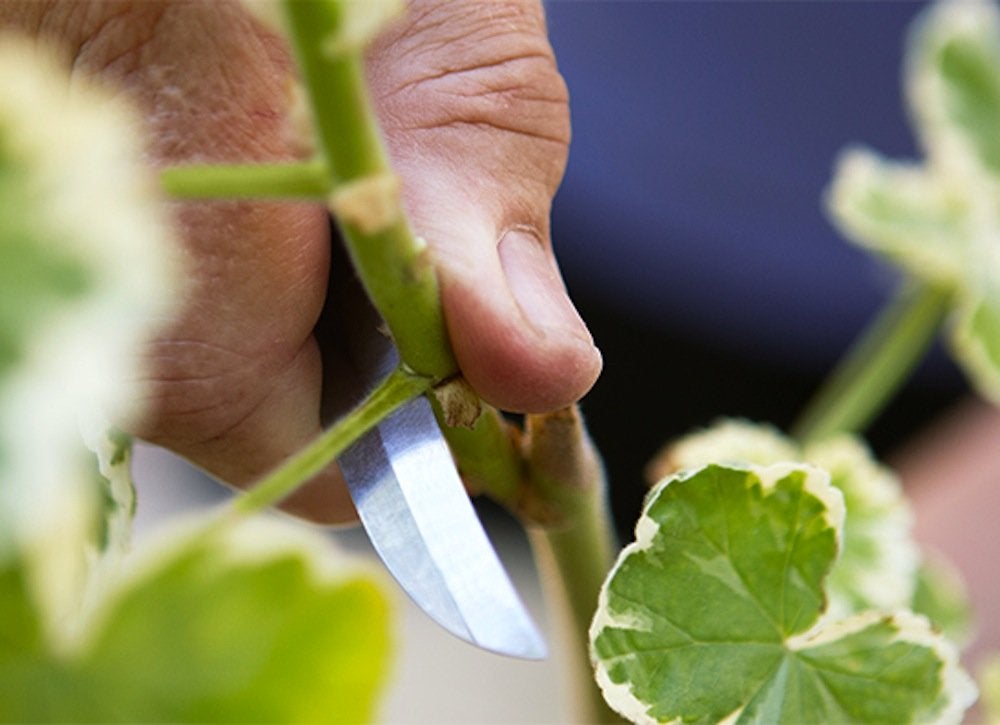
Some plants are easier to propagate by cuttings rather than seed. Take cuttings of any plants you’d like to see spread or those you fear may not survive a harsh winter. Apply some rooting hormone to the cut ends and put them in water or soil to get them started. Then place them in a sunny spot and let them grow indoors over the winter. Once the weather warms up, plant them back outdoors or share them with friends and neighbors.
Clear Leaves
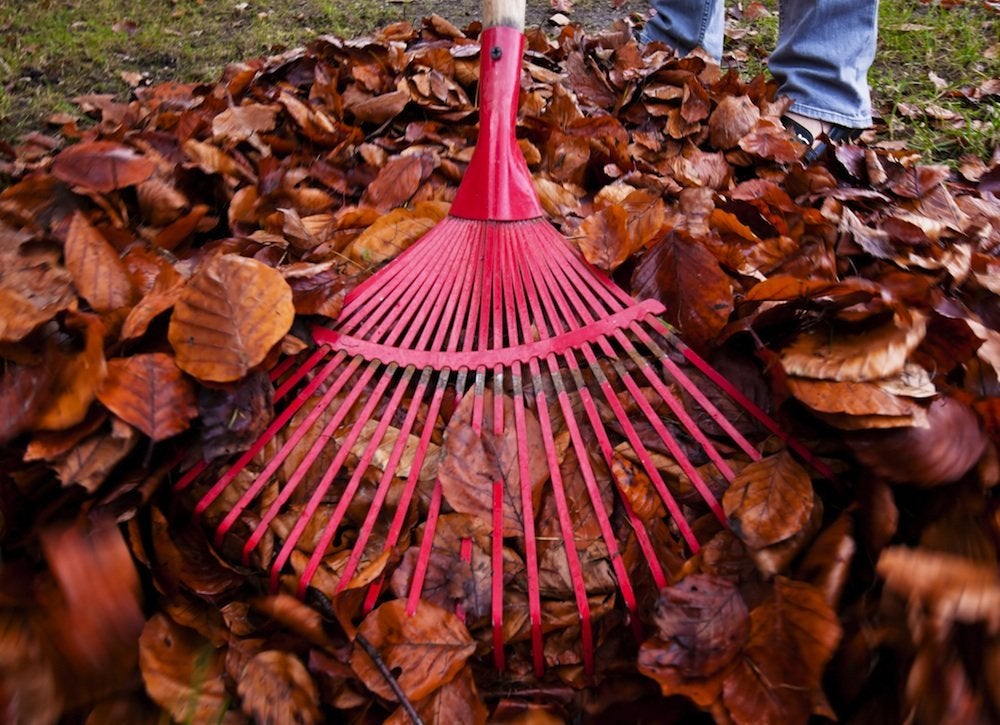
Make sure to clear away leaves and debris from the base of shrubs, to give them proper air flow and to discourage pests and rot from taking up residence. You can use any leaves you collect to mulch tender plants that need extra insulation for the winter.

Our Best Advice for Beginner Gardeners
We’ll help you set up your first garden—whether that’s a few pots on your patio, a raised bed, or an in-ground plot out back—and select the right plants for your soil and region.
